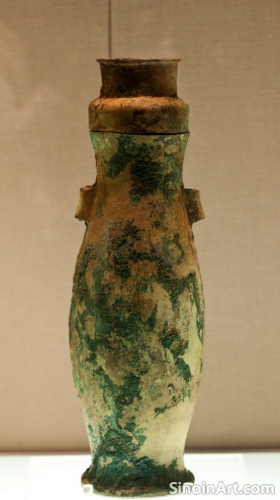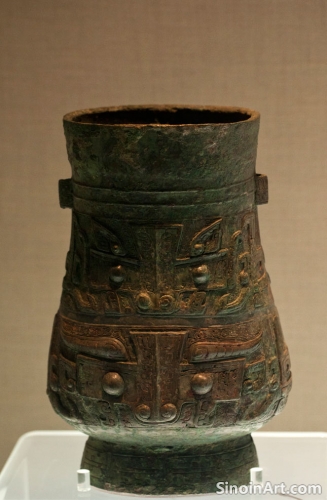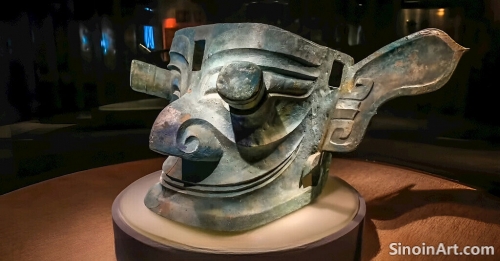Bronze Mirrors and Ancient Chinese Beliefs About the Soul: Reflection and Transformation
|
Beyond their practical use in grooming and their role in divination, bronze mirrors in ancient China were also deeply intertwined with beliefs about the soul, its journey after death, and its connection to the spirit world. The reflective surface of the mirror was thought to have special properties, and they were often seen as more than mere objects of everyday life. The mirrors were imbued with spiritual significance and were thought to have a specific power over the forces of the universe.  Mirrors were often placed in tombs, believed to serve as guides for the souls of the deceased, helping them to navigate the afterlife and to find their way through the underworld. The use of mirrors in these funerary practices highlights the important role that they were thought to play in the journey to the next world. These mirrors were also thought to provide protection for the journey of the soul.  The reflective quality of mirrors was also associated with the idea of spiritual transformation, allowing individuals to see beyond their physical forms and to gain a deeper understanding of their inner selves. The ability to reflect images was seen as also having the ability to see past earthly concerns. The use of mirrors was often associated with ritual and meditation.  Some ancient Chinese texts suggest that mirrors were believed to capture and preserve the essence of the soul, linking the earthly image with a timeless and eternal spirit. The mirroring process was seen as a way of capturing the soul and protecting it from harm. The mirror was a powerful symbol with multiple different interpretations. The study of bronze mirrors and beliefs about the soul reveals the complex spiritual worldview of ancient China, where the material and spiritual realms were often intertwined, and where objects were invested with deeper meaning and symbolic power. These objects held many layers of meaning and continue to be studied to this day. The use of these items in ritual practice reflects the core values of the era. |
Tag : bronze mirror soul, ancient Chinese beliefs, afterlife, spiritual transformation, mirror magic
Related information
- The Use of Bronze in Ancient Chinese Religious Practices: Temple Offerings and Sacred Spaces
- The Enduring Appeal of Chinese Bronze Ware: A Synthesis of Art, History, and Craftsmanship
- Bronze Ware and Ancient Chinese Astronomy: Decoding Celestial Patterns and Calendars
- Bronze Ware and the Development of Ancient Chinese Astronomy: Instruments, Charts, and Cosmological Beliefs
- Bronze Ware and the Rise of Cities in Ancient China: Power, Trade, and Urban Centers
This article explores the use of bronze in ancient Chinese religious practices, highlighting its role in creating temple offerings, musical instruments, and other objects used to create sacred spaces and to facilitate communication with the divine.
This article reflects on the enduring appeal of Chinese bronze ware, emphasizing its synthesis of technical mastery, artistic beauty, and historical significance, and its continued ability to captivate and inspire scholars, artists, and enthusiasts across the globe.
This article explores how bronze ware reflects ancient Chinese understandings of astronomy, highlighting the use of celestial patterns, depictions of constellations, and the connection between astronomical knowledge and ritual practices.
This article explores the interplay of bronze ware and ancient Chinese astronomy, highlighting the creation of observational tools, the symbolic representation of celestial bodies, and how bronze helped to express ancient beliefs about the universe.
This article explores the connection between bronze ware and the rise of cities in ancient China, highlighting its role in economic activity, the concentration of wealth, the reinforcement of power, and the cultural flourishing of urban centers.